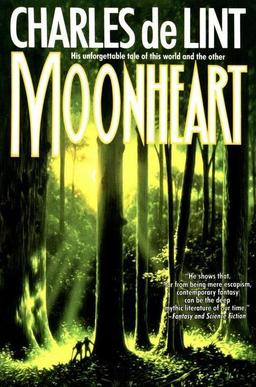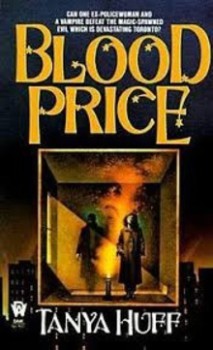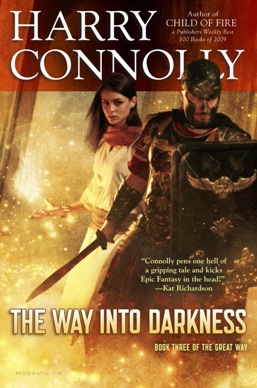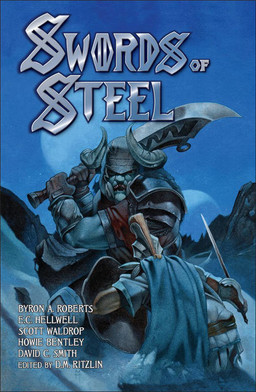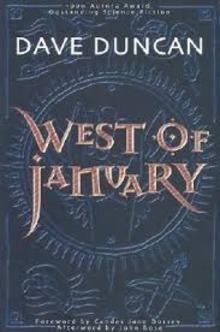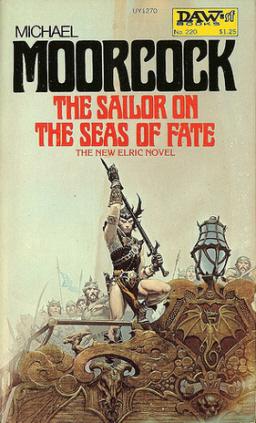 So I wrote a stonking great think piece thing about the Standard Fantasy Setting a while back and a lot of people read it. Some of those people liked it and some of those people didn’t; that’s fine, it’s got to the point where I only cry for fifteen minutes when someone criticizes me now.
So I wrote a stonking great think piece thing about the Standard Fantasy Setting a while back and a lot of people read it. Some of those people liked it and some of those people didn’t; that’s fine, it’s got to the point where I only cry for fifteen minutes when someone criticizes me now.
The problem is, though, the more I think about it, the more I think about the points I made, the more I find myself in the latter camp, the more I catch myself bad-mouthing me behind my back and trying to suffocate me in my sleep. That’s a very bad thing when you’re a bona-fide messiah, chosen by the gods to lead the masses to enlightenment.
So yeah, I thought I’d write this follow-up post, explaining what was wrong with the article and to set the record straight. It’s more for me than anyone else… mostly because, goddammit, no one criticizes Connor Gormley better than Connor Gormley does.
I had good intentions at the start, yeah. It was going to be a much more balanced look at the standard fantasy setting, its pros and cons and a pretty mild critique; and you can still see elements of that initial idea kicking around in there, in what I actually said about the setting. The fact that it lets authors focus on narrative pacing, on character development, or outright, balls-to-the-mothertrucking walls action if they want, without having to worry about world building or introducing entirely new creations because most readers already know the characteristics of Elves, Dwarves and Orcs and what not, or at least the nature of a medieval-ish society. Michael Moorcock might be able to meet the compromise, yeah, but Michael Moorcock is essentially Jesus, so I don’t think it’s fair to count him (which, renders half of the article moot, anyway).
Where the problems arose was when I started spouting out things like “A genre that, by its very nature, should have no restrictions, that should be free of limitations and impossible to define has become one of the most rigid and easily distinguishable genres in our modern spectrum.”
…
Read More Read More
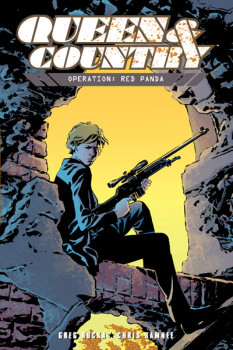 If you want to break into the big comic publishers, a bit of internet research, or visiting a local comic-con will reveal the accepted wisdom pretty quickly:
If you want to break into the big comic publishers, a bit of internet research, or visiting a local comic-con will reveal the accepted wisdom pretty quickly: